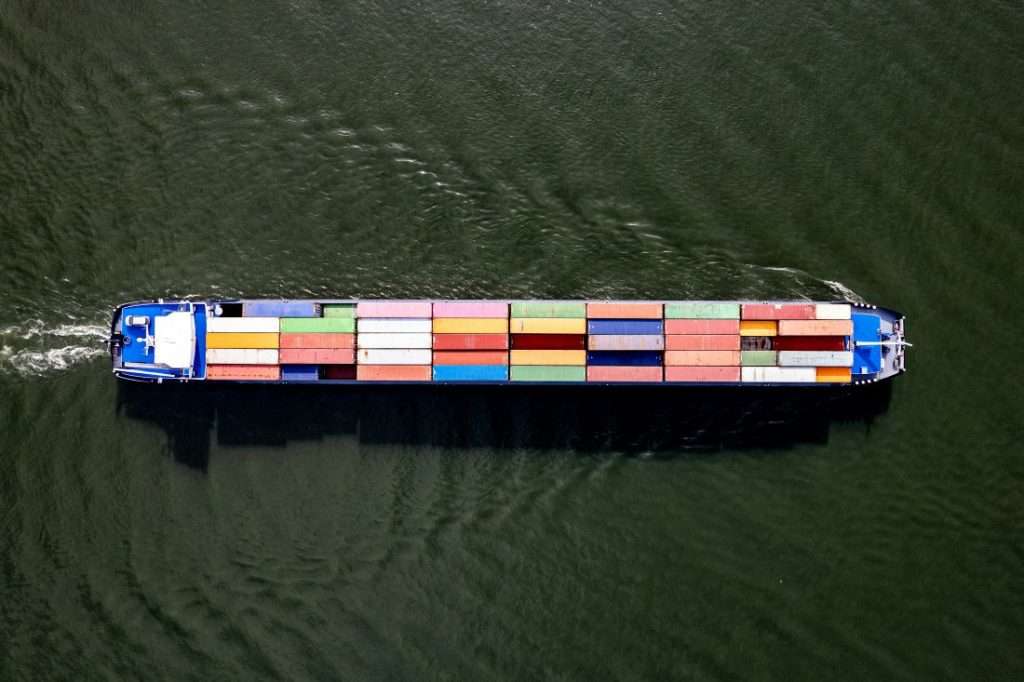The ports of Los Angeles and Long Beach, accounting for approximately one-third of all U.S. container imports, had their third-busiest month in July 2021. This surge is driven by retailers and importers stocking up in anticipation of U.S. tariffs on Chinese goods and a potential strike by American dockworkers. This adds to the usual pre-holiday ordering frenzy. Despite the surge, the marine terminals in Southern California’s San Pedro Bay are managing the influx, although some indicators of capacity constraints are beginning to rise.
Potential Delays and Tariffs Drive Restocking Rush
The fear of delayed shipments is a significant factor in the current restocking rush. Talks between the union representing longshoremen on the East and Gulf coasts and their employers have reached a deadlock, with their contract expiring on September 30. This uncertainty has led to a shift in ocean freight from ports from Boston to Houston to West Coast gateways. According to Sea-Intelligence, a maritime data and advisory firm, every day of a strike would result in about five days for ports to clear the resulting cargo backlog.
Market Distortions and Consumer Spending
Various factors are distorting the demand picture, making it challenging to determine whether the peak shipping season started early or if importers will continue to bring in more than usual. There’s also the possibility that consumers’ spending ability bottoms out, leaving warehouses full and companies with excess inventory. The latest retail sales report reflects consumer resilience despite higher borrowing costs, a cooling labor market, and an uncertain economic outlook.
Port Efficiency Amid High Productivity
At the Port of LA, preliminary August figures show sustained momentum. Executive director Gene Seroka stated that nearly all indicators of port efficiency are at, or better than, they were when the surge started. However, some strains are starting to appear in truck chassis availability, an issue blamed for the severe delays at LA-Long Beach during the Covid bottlenecks of 2021 and 2022. Despite these challenges, the ports continue to maintain high productivity levels.
The U.S. ports are currently experiencing a surge in import volumes amidst economic uncertainties. Retailers are stocking up ahead of potential tariffs and labor strikes, driving record import levels. Despite concerns about a slowing economy, the ports are managing the influx efficiently.





